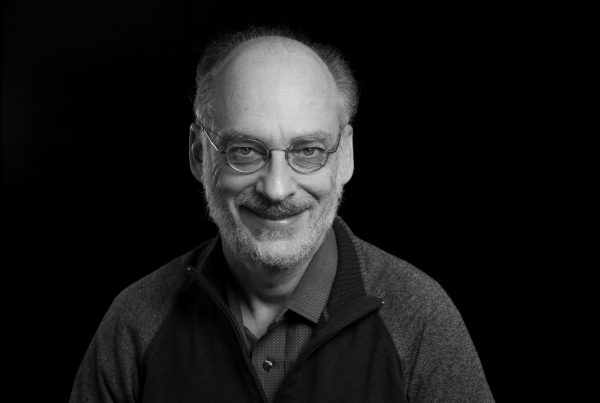I learned physics at the Autonomous University of Barcelona, and astronomy on my own and through some amateur associations in Catalonia. I did my PhD in astrophysics at Princeton University, graduating in 1991 with a thesis on gravitational lensing by clusters of galaxies and large-scale structure. I was a postdoc at the Institute of Astronomy in Cambridge, and a Long-Term Member at the Institute for Advanced Study. I joined the University of Pennsylvania as a professor of astrophysics in 1996, and then moved to The Ohio State University in 2000. I have been back to Catalonia with an ICREA position since 2005, and I am at present doing research on astrophysics and cosmology at the Institut de Ciències del Cosmos at the University of Barcelona.
Research interests
I enjoy searching for physical explanations of what we observe in the Universe. My interests range over the formation of galaxies and their large-scale distribution, gravitational lensing and dark matter in the Universe, the intergalactic medium, and black holes in galactic nuclei. Over the last few years I have focused on the large-scale distribution of intergalactic gas probed by absorption spectra in quasar spectroscopic surveys. This is revealing crucial clues on both the initial conditions of the Universe and the formation of galaxies. At present I am also looking at various techniques to inquire on the nature of dark matter, among them the observation of extremely magnified high-redshift stars close to the critical curves of clusters of galaxies acting as gravitational lenses, the study of tidal streams of stars left by stellar systems orbiting the Milky Way galaxy, and several techniques to detect axion waves as a highly promising dark matter candidate.
Selected publications
- Oncins M, Miralda-Escude J, Gutierrez JL & Gil-Pons P 2022, 'Primordial black holes capture by stars and induced collapse to low-mass stellar black holes', Monthly Notices Of The Royal Astronomical Society, 517, 1, 28 - 37.
- Aja B et al. 2022, 'The Canfranc Axion Detection Experiment (CADEx): Search for Axions at 90 GHz with Kinetic Induction Detectors', Journal of Cosmology and Astroparticle Physics, vol. 2022, no 11, pp. 44-72.
- Diaz-Morcillo A et al. 2022. 'Design of New Resonant Haloscopes in the Search for the Dark Matter Axion: A Review of the First Steps in the RADES Collaboration'. Universe, vol. 8, issue 1, p. 5.
Selected research activities
This year I have been active investigating new ways of improving axion detection in resonant cavities in strong magnetic fields, in connection with the collaborations IAXO and RADES for detecting hypothetical axions that can account for the dark matter in the Universe, as well as a new idea proposed by the new CADEx collaboration at higher frequencies than usually probed in these experiments (90 GHz). I am also conducting research on the shape of the Milky Way dark matter halo, as an ellipsoidal distribution that may depart from sphericity with a prolate or oblate shape, as measured by newly discovered stellar streams, which can be a clue to the formation of the Milky Way and the behavior of the dark matter that accounts for most of the mass of our Galaxy and the Universe.
